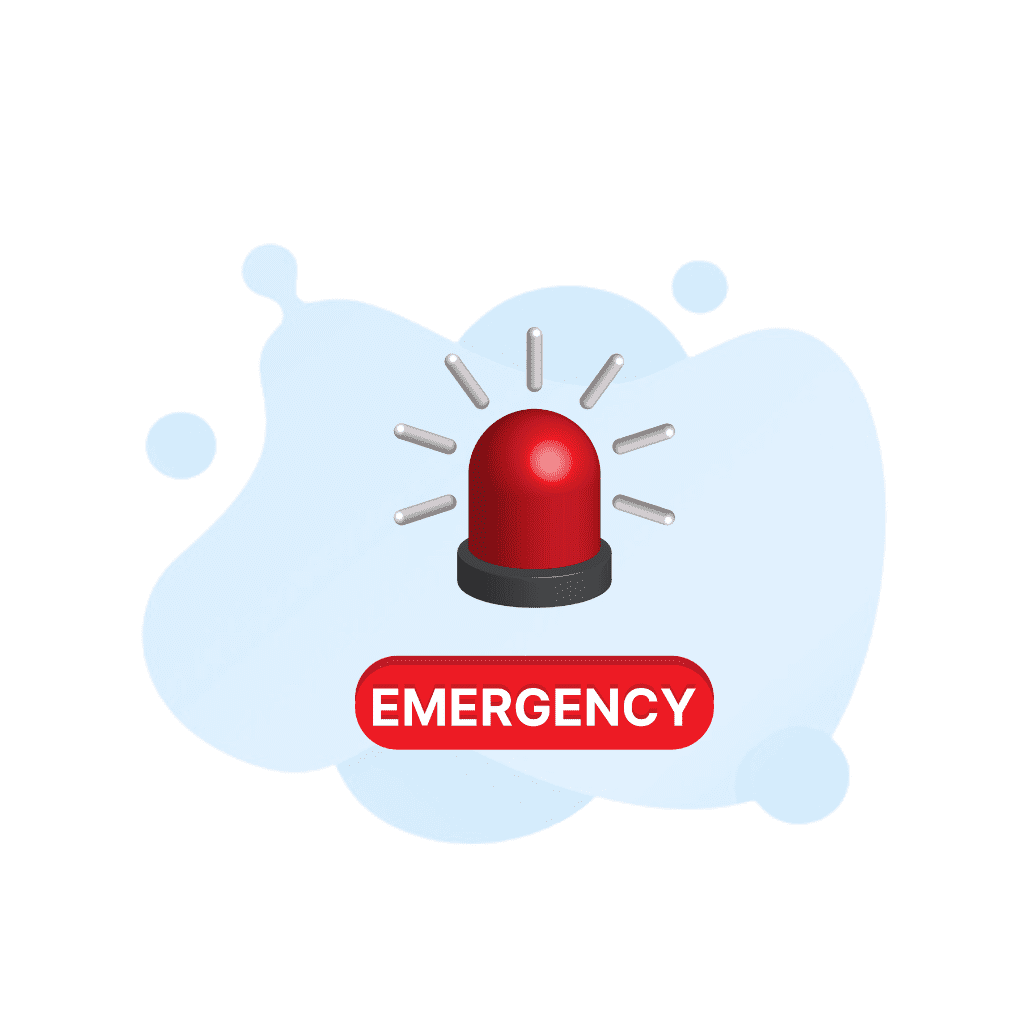
EMT (Emergency Medical Technician) play a crucial role in providing pre-hospital care and responding to emergencies. Aspiring EMTs must pass rigorous training and certification processes to ensure they are equipped to handle life-saving situations. This guide delves into the key aspects of EMT certification, practice tests, skills verification, and the exam, providing valuable tips and resources to excel.
Becoming an EMT involves completing a series of essential steps, which include education, training, and certification. Here’s how you can begin your journey:
Emergency Medical Technician (EMT) practice tests are invaluable for candidates preparing for the NREMT exam. These tests simulate the actual exam environment and help identify areas for improvement. Here’s how to make the most of them:
EMT practice tests not only enhance your knowledge but also familiarize you with the test’s format, improving your chances of success.
Skills verification is a critical component of EMT certification, designed to evaluate your practical abilities in real-world scenarios. Here are some essential tips to excel:
Candidates are evaluated on their ability to perform these tasks accurately and efficiently. Continuous practice is essential for passing this stage.
The EMT exam, administered by NREMT, consists of two parts: the cognitive exam (a computer-based test) and the psychomotor exam (a hands-on skills test). Here’s how to prepare effectively:
Remember, consistent preparation and familiarity with the test format are the cornerstones of success in the EMT exam.
Achieving EMT (Emergency Medical Technician) certification requires dedication, thorough preparation, and a commitment to mastering both theoretical knowledge and practical skills. By leveraging study guides, practice tests, and expert advice, candidates can confidently approach the certification process and excel in their roles as first responders. EMTs are indispensable in emergency care, and the journey to certification is a vital step toward making a difference in people’s lives.
How long does it take to become an EMT?
EMT training typically takes 6-12 months, depending on the program and state requirements.
What is the passing score for the NREMT cognitive exam?
The NREMT exam uses a pass/fail system, determined by the candidate’s ability to meet competency standards.
Are EMTs and paramedics the same?
No, EMTs and paramedics differ in training and scope of practice, with paramedics having advanced skills and certifications.
Can I retake the EMT exam if I fail?
Yes, candidates can retake the exam, but the number of attempts and waiting period vary based on the certifying organization’s guidelines.